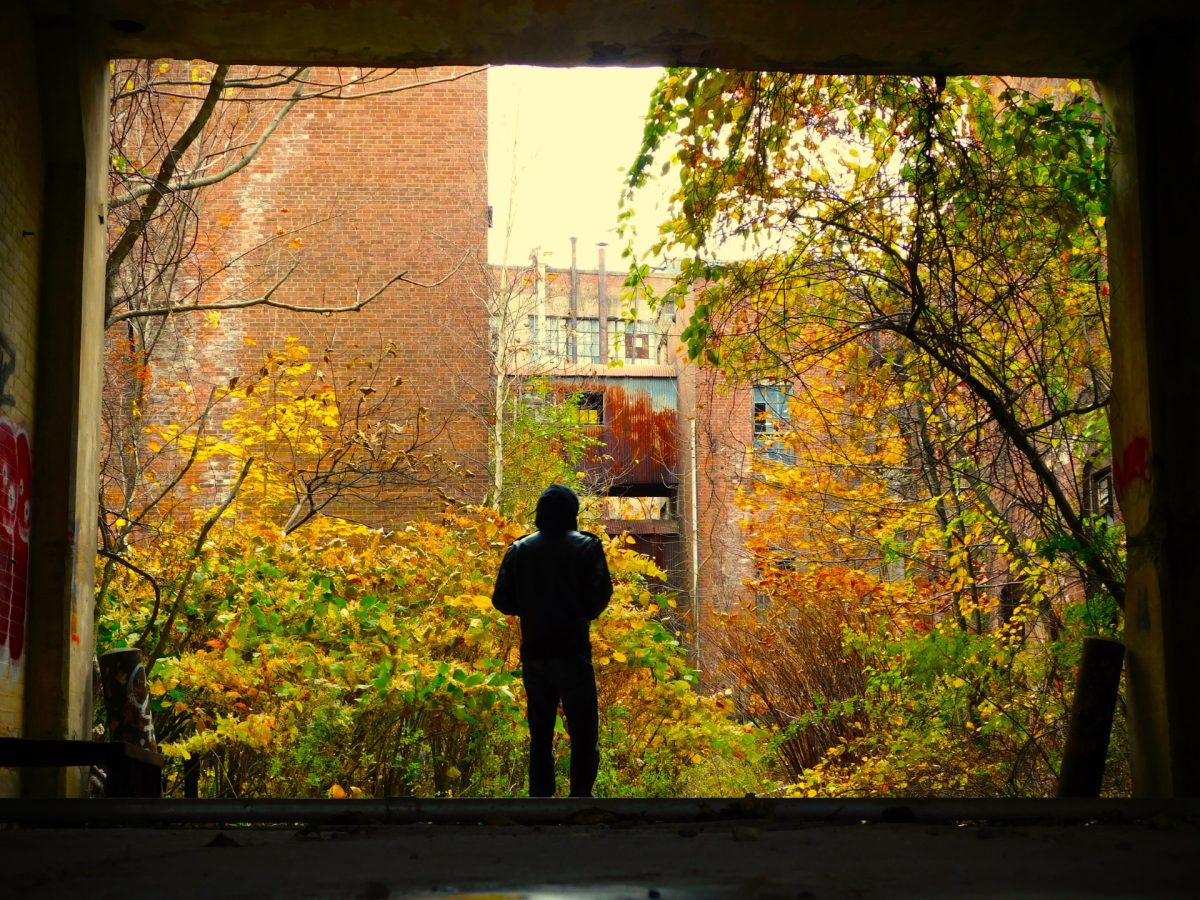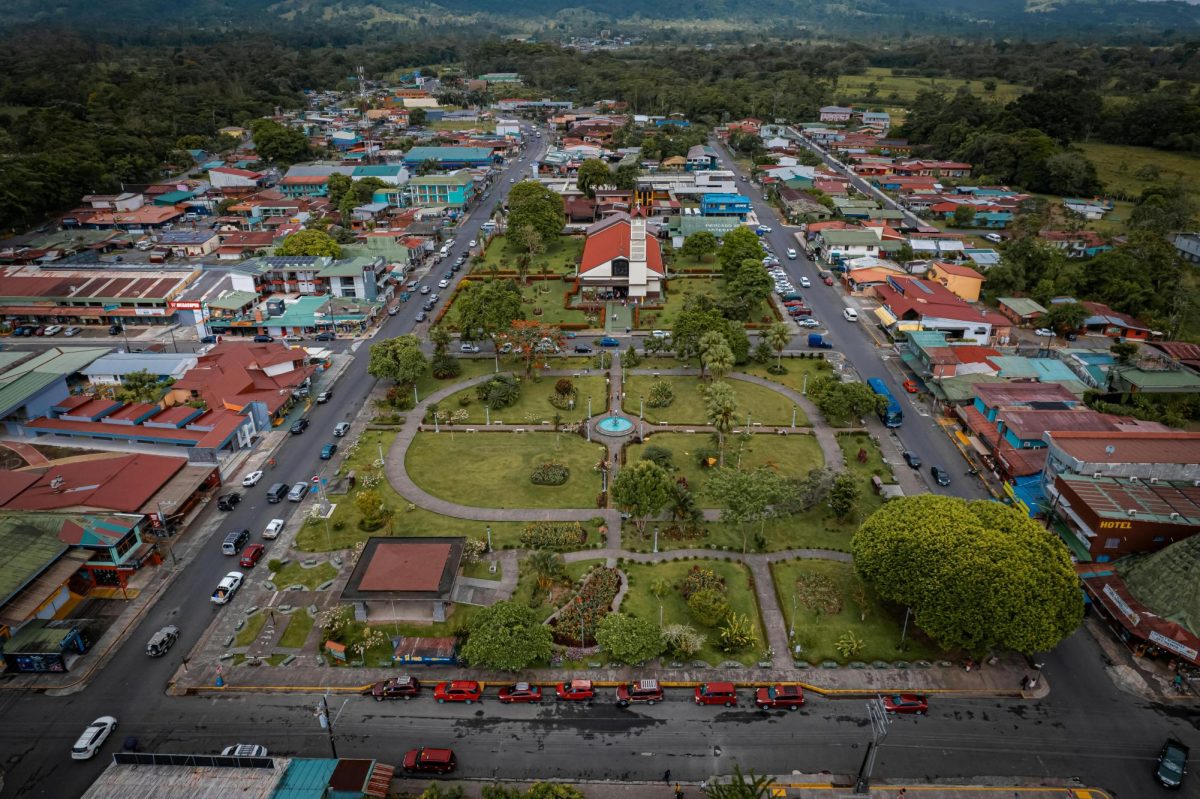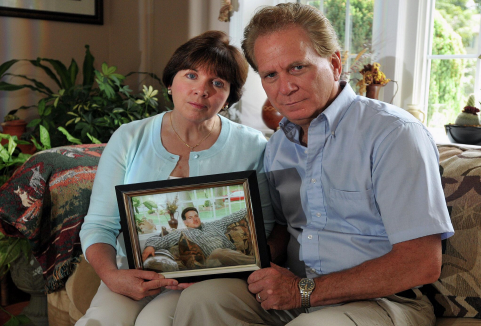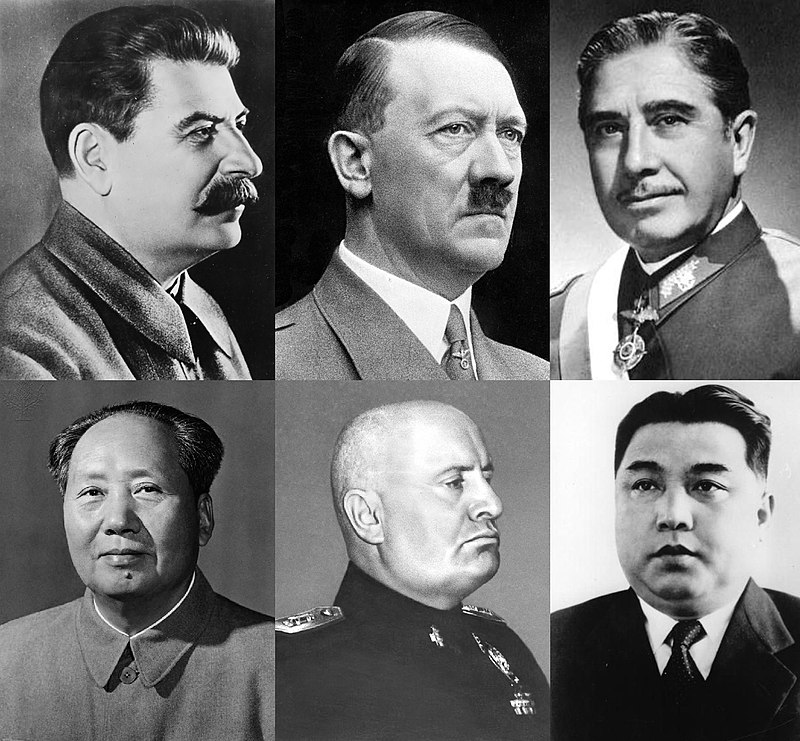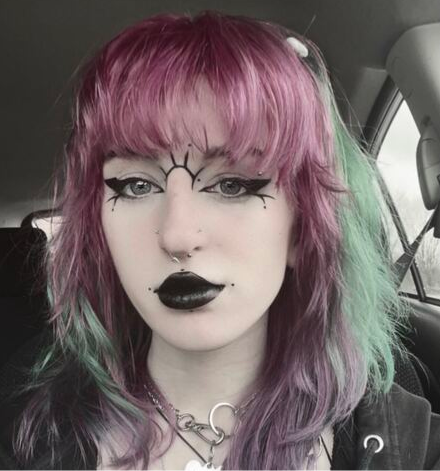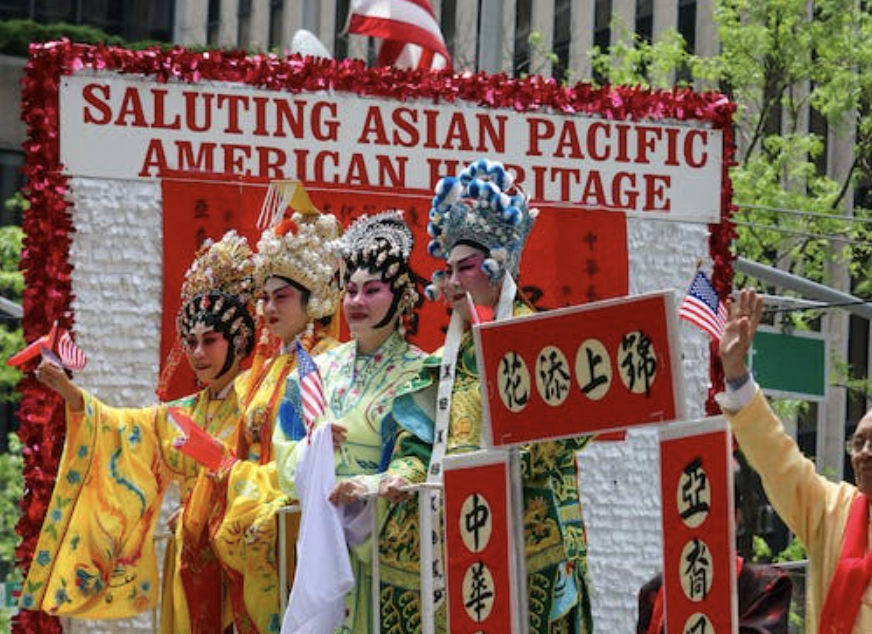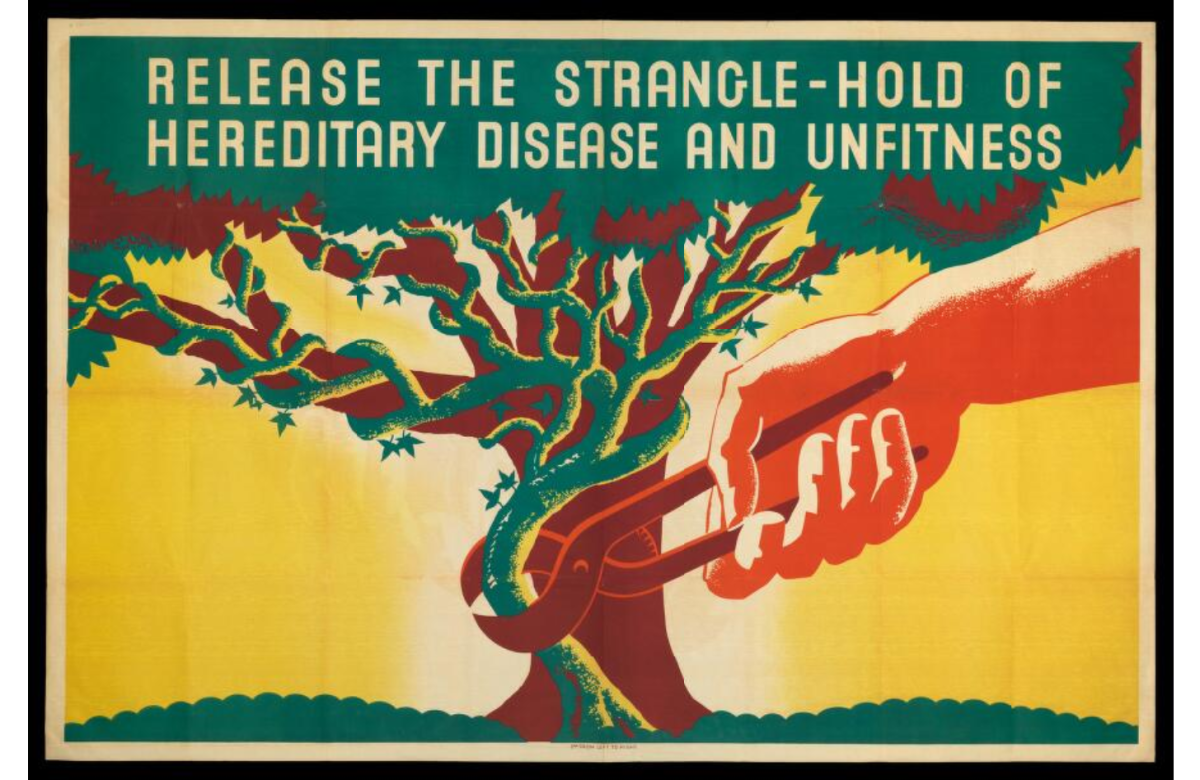At the beginning of the pandemic, one could have been able to predict a number of trends re-emerging, from a revival of bell bottoms to Marxism, but what was unexpected was the resurgence of ableist eugenic ideals. That is not to say that ableism and eugenics were eradicated prior to the pandemic; rather that quarantine and post-quarantine society truly saw a renaissance of disturbing rhetoric within that camp.
Eugenics was last at its height in America between the 1920s and 1930s until it eventually garnered popularity in Germany in the early 1940s. The core of the eugenics movement employed the work of Darwin to conflate the understanding of biological evolution with his contemporary’s social notion of “survival of the fittest” and “social Darwinism.” The movement worked to select traits they perceived as most desirable and use legislation and force to ensure that those with desirable traits reproduced, while those without did not.
In the United States there were two core groups of “unfit” people who the government tried to stop from reproducing: the mentally and chronically ill and people of color. Often, politicians would find ways to purport that various immigrant groups were inherently more fertile than white Americans, but also more likely to turn out “defective,” “moronic” and “idiot” children. The conclusion to this line of thinking was that 1) the United States had to stop “race mixing” and to do that 2) unfit Americans should be sterilized, killed or deported by both state legitimized and citizen organized means.
And while the birth of the eugenics movement is horrifying and deserving of attention all its own, it’s important to examine the recent emergence of modern eugenic ideals, particularly those highlighted during the COVID-19 pandemic.
Throughout the pandemic there are certain phrases that most people have heard many times over:
“I don’t care if I get COVID, I’m healthy, I’ll be fine.”
“Maybe it’s good. Everyone get covid and establish herd immunity.”
“It’s just a bad cold, I don’t get the big deal”
Those are the seemingly innocuous, but then there are the more apparently problematic:
“The flu kills people every year, why is this different?”
“Natural selection at work”
“Its survival of the fittest”
No matter where on the continuum the comments lie, each one is rooted in a privileged mindset that completely discounts whole populations who are not healthy or socially positioned to receive proper medical care and/or avoid contracting the virus.
The virus grants a reprieve to those who are privileged enough to purchase the best health care or move out of urban areas or keep their jobs through mass furloughs and layoffs or pay for private childcare or have access to mental health care. Individuals with the means to escape the most high risk aspects of the pandemic, proximity and exposure, fare better during the pandemic.
In essence, because of how socio-economic stratification in the United Stated impacts access to medical care and the ability to avoid COVID altogether; the nation has effectively systemized eugenic practices. Sure, individuals with chronic illness are no longer forcefully sterilized and there are no longer anti-miscegenation laws in place, but those aren’t needed when there is virus killing off the populations of people that are “undesirable.”
This understanding does not serve to shame people in positions of privilege merely for having access where others don’t. However, they do serve to shame such individuals should they also be of the “it’s not that bad” mentality as if their experience is universal. They should invoke shame if, from a position of institutionally maintained privilege, those individuals are throwing around “natural selection” and “survival of the fittest” suggesting that those who do not have the means to survive were not as deserving of life as those with wealth.
Aside from the heinous implication that there are some people that deserve life more than others based solely on their wealth, a dive into who holds the wealth in the United States further illuminates how such COVID-19 mentalities support modern eugenics.
According to the U.S. Census Bureau, urban areas, where the pandemic hit the hardest, are made up of 42.7% indigenous, Black and hispanic/latine people, despite those demographics making up only 32.3% of the U.S. Population. Conversely, only 57.3% of urban populations are comprised of white individuals despite 72% of the U.S. populations being white. This is the pattern throughout all systems that contribute to the likeliness of someone contracting and/or dying from COVID-19.
People of color are less likely to receive proper medical care, have access to proper PPT, and have access to testing. They are also more likely to face medical discrimination and work frontline or essential worker positions.
These factors culminate in staggering COVID-19 contraction, hospitalization and death rates.
One study found that people who were disabled, both physically and mentally, were up to 3 times more likely to die from COVID-19. According to CDC analysis, indigenous, Black and hispanic/latine are approximately 2 times more likely to die from COVID-19 than their white counterparts. Moreover, approximately 75% of all U.S. COVID-19 deaths occured in the 65 years or older demographic.
Consistent with the core tenants of the movement, COVID-19 is the modern eugenecist’s wet dream. It targets, quite effectively, those who are already ill, people of color and those who are older than prime breeding age. In the spirit of eugenics, if they can’t be or produce productive and acceptable members of society, there is no need for them to be alive, right?












